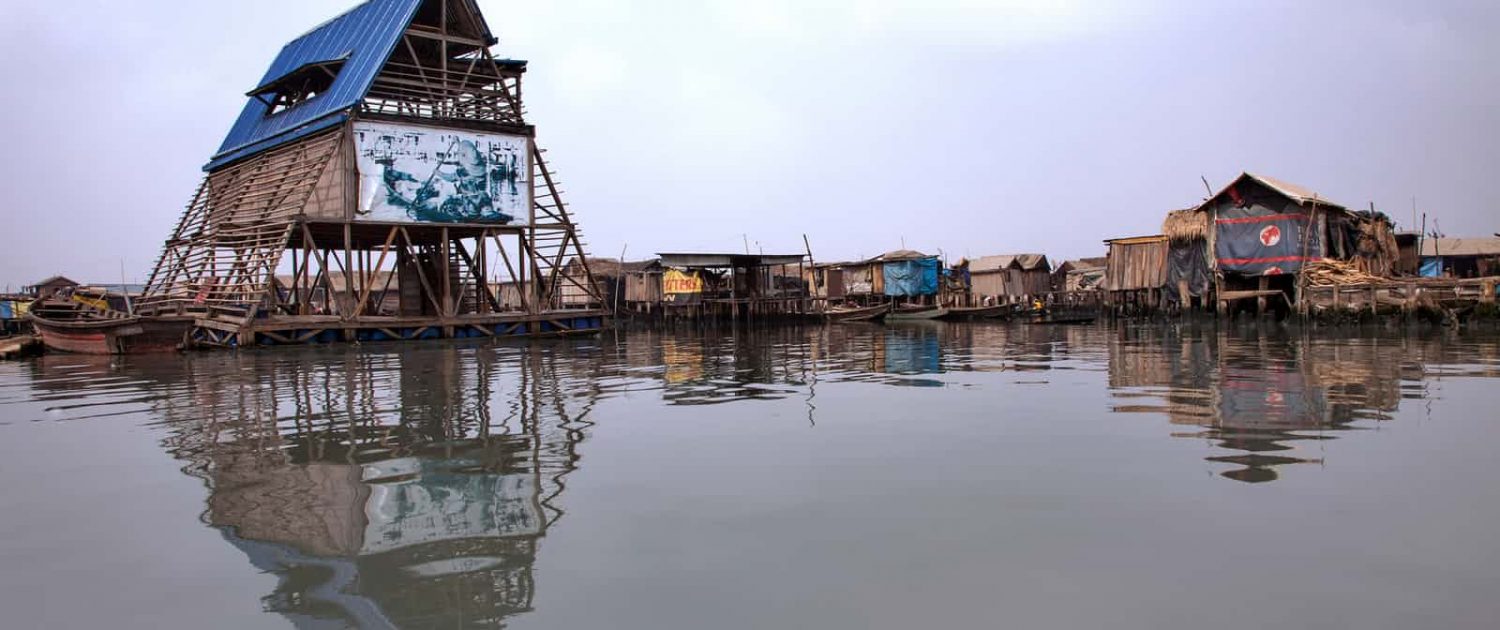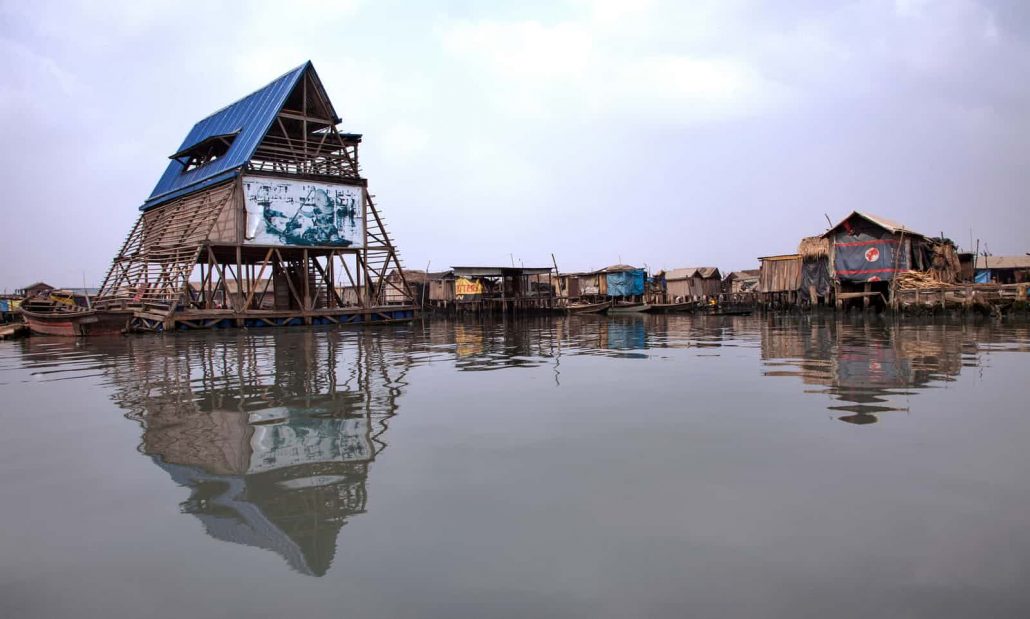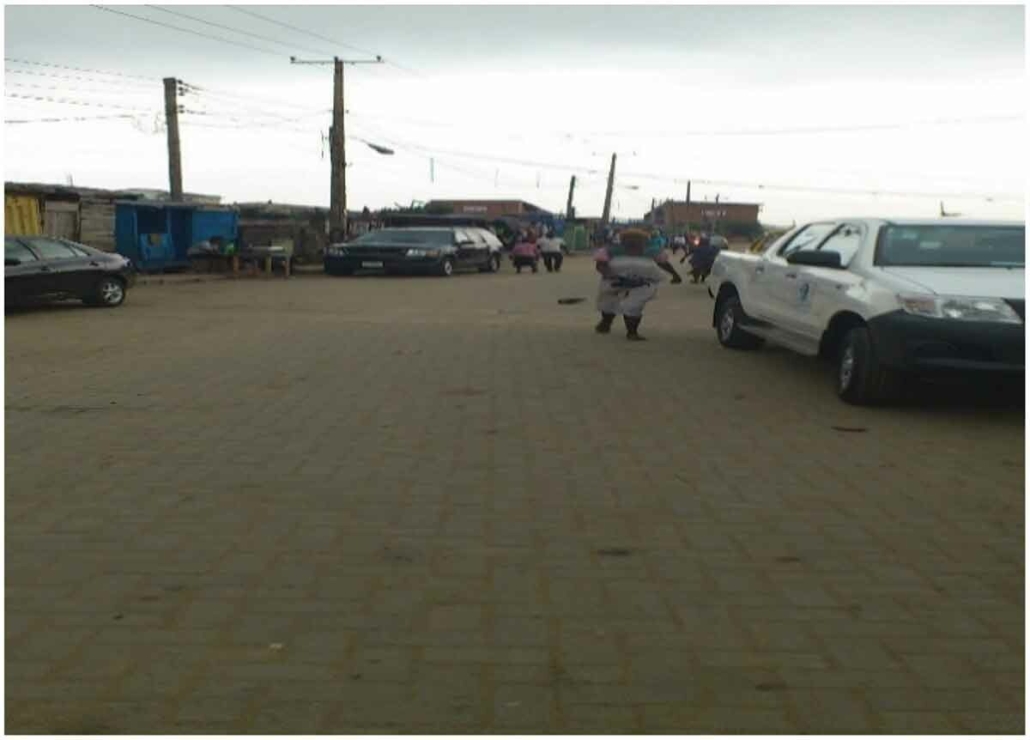Urban Planning in Lagos: Improving the Quality of Life in Mokoko
Introduction
Lagos, Nigeria, is one of the fastest-growing cities in the world. The rapid urbanisation has led to the development of many informal settlements, like Makoko, which lack proper infrastructure and essential services. In recent years, urban planning initiatives have focused on improving the quality of life for residents in these areas. This article will explore the issues faced by Makoko, the urban planning strategies implemented, and how these efforts have improved life for its residents.
Issues in Makoko
Makoko is an informal settlement located on the Lagos Lagoon. Originally established as a fishing village, the area has grown significantly, becoming densely populated with many makeshift homes built on stilts over the water. The community faces several issues:
- Flooding: Due to its location on the waterfront and below sea level, flooding is a constant threat, affecting homes and infrastructure.
- Lack of Basic Services: The settlement suffers from inadequate access to clean water, sanitation facilities, and waste management, which leads to health problems.
- Substandard Housing: Most structures in Makoko are made of wood, are vulnerable to natural hazards, and lack basic safety and resilience features.
Urban Planning Strategies
To address these challenges, the Lagos State Government, in collaboration with various stakeholders, launched several urban planning initiatives to improve living conditions in Makoko. The improvements were part of the Lagos Metropolitan Development and Governance Project (LMDGP), launched in 2007 with a World Bank loan of Two hundred million US dollars. Improvements in Mokoko included:
- Lagos Metropolitan Development and Governance Project (LMDGP): Launched in 2007 with funding from the World Bank, this project aimed to upgrade infrastructure in nine informal settlements, including Makoko. The focus was improving roads, drainage, water supply, sanitation, and public amenities.
- Makoko Floating School: Built in 2013, the Makoko Floating School was an innovative educational facility designed to adapt to the area’s flooding challenges. This structure served as both a school and a community hub, showcasing how resilient design could address local needs.

Makoko Floating School. Photograph: Andrew Esiebo for the Guardian
- Makoko Market Upgrading: The upgrading of the Makoko market was a significant part of the LMDGP. The project involved clearing waste, paving the market area, and constructing modern stalls. These steps improved the market’s functionality and appeal and supported local economic growth.

The upgraded road leading to Makoko market. Adama, O. (2020). Slum upgrading in the era of World-Class city construction: the case of Lagos, Nigeria. International Journal of Urban Sustainable Development, 12(2), 219–235. https://doi.org/10.1080/19463138.2020.1719499
- Community Participation: Community involvement was central to these projects. Efforts were made to engage residents in planning and implementation, ensuring that the changes met their needs and could be maintained locally. It is worth noting, however, that in some instances, attempts were made to clear areas of informal housing in Mokoko without the consultation of local residents, which led to conflict.
How the Planning Strategies Have Improved Life
The urban planning initiatives in Makoko have led to several positive changes that have improved the quality of life for residents:
- Improved Access to Clean Water and Sanitation: Installing boreholes and mobile toilets has increased access to clean water and sanitation, reducing the prevalence of waterborne diseases.
- Better Infrastructure: The rehabilitation of roads and the construction of drainage systems have helped alleviate flooding and improved mobility within the community, making it easier for residents to access essential services.
- Educational Opportunities: The Makoko Floating School provided a much-needed educational space for children, improving school attendance and fostering community pride.
- Economic Growth: The upgrading of Makoko market has improved trading conditions, increased economic activity, and provided better opportunities for local traders, particularly women.
Conclusion
Urban planning initiatives in Makoko have brought meaningful improvements to the lives of its residents by addressing critical issues such as flooding, inadequate infrastructure, and lack of services. Through community involvement and innovative solutions, these projects are helping to create a more sustainable and resilient future for the people of Makoko. The success of these initiatives shows that urban planning, when inclusive and locally focused, can significantly improve the quality of life in informal settlements.
Related Topics
Use the images below to explore related GeoTopics.





